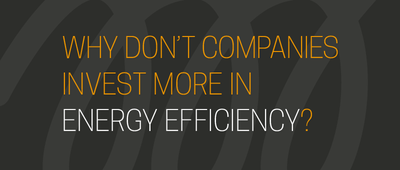First-of-its-kind report reveals dramatic energy efficiency impacts, warns of stalled progress in face of climate challenge
(ACEEE press, 17 Dec 2019) Energy efficiency is a diverse and immensely powerful toolkit that has saved hundreds of billions of dollars in energy costs while preventing sharp increases in greenhouse gas emissions, but progress is now at risk of stalling, a report today finds.
The first-of-its-kind report from the Alliance to Save Energy, the American Council for an Energy-Efficient Economy, and the Business Council for Sustainable Energy provides a consolidated analysis of the sweeping impacts of energy efficiency investments, policies, and innovation and the potential energy savings still ahead across a variety of sectors including residential and commercial buildings, industry, and transportation.
The Energy Efficiency Impact Report quantifies the scale of U.S. efficiency investments made over decades and their many impacts, ranging from energy savings, job growth, and reduced carbon emissions to public health and worker productivity savings. It notes these investments since 1980 have prevented a 60% increase in energy consumption and carbon emissions and are responsible for half of the carbon dioxide emissions reductions in the U.S. power sector since 2005. It also highlights the six most impactful policies – fuel economy standards, appliance and equipment energy efficiency standards, ENERGY STAR, utility sector efficiency programs, federal research and development, and building energy codes – which have saved an estimated 25 quadrillion BTUs of energy in 2017, equal to 23% of total U.S. energy use.
Despite these successes, the biggest opportunities remain ahead, and growth in smarter technologies and more responsive energy management could lead to new savings opportunities. Energy efficiency improvements using existing technologies alone could deliver more than 40% of the carbon reductions globally to meet Paris Agreement climate targets, and fully half of emissions reductions needed in the U.S. But the U.S. is not on this track to achieve these reductions, and even risks sliding backward, the report says.
While federal spending on energy efficiency has increased slightly from 2016 to 2018, estimated total domestic energy efficiency investment levels have fallen by 18%, the report warns. Energy intensity in the U.S. – the ratio of energy use to economic output – worsened slightly in 2018.
“There’s no question that greater energy and carbon reductions are technically and economically feasible through more ambitious action on energy efficiency, the question is will we treat this with the urgency it deserves,” said Clay Nesler, president of the Alliance to Save Energy. “This report shows that energy efficiency has been, and must continue to be, the leading solution to address the worsening climate emergency while simultaneously growing our economy and improving the health of our communities.”







